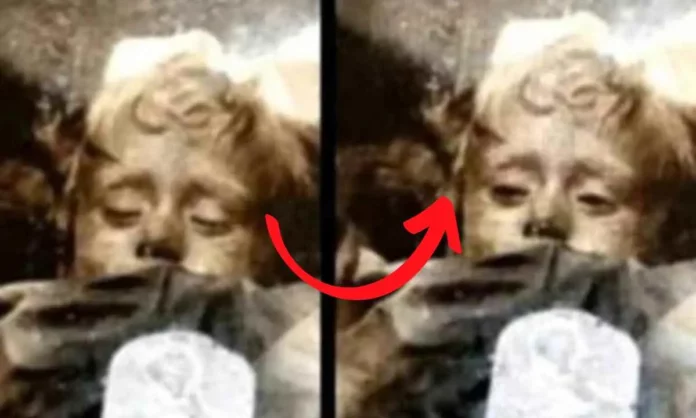In the heart of Palermo, Sicily, lies one of the most extraordinary and haunting mysteries in the world of archaeology. Resting in the Capuchin Catacombs is the remarkably preserved mummy of a two-year-old girl, Rosalia Lombardo, whose eyes seem to open and close even after more than a century. Known as the “Sleeping Beauty,” Rosalia’s mummy has fascinated scientists, historians, and visitors for decades, leaving many wondering: How can a mummified body still blink?
The Life and Untimely Death of Rosalia Lombardo
Born in Palermo in the early 20th century, Rosalia Lombardo was a joyful little girl, adored by her family. However, tragedy struck just before her second birthday when she succumbed to pneumonia caused by the Spanish Flu pandemic in 1920. Her grieving father, Mario Lombardo, was devastated by the loss of his daughter and sought an extraordinary way to preserve her memory. He turned to a famous embalmer, Alfredo Salafia, to help make his little girl “live forever.”
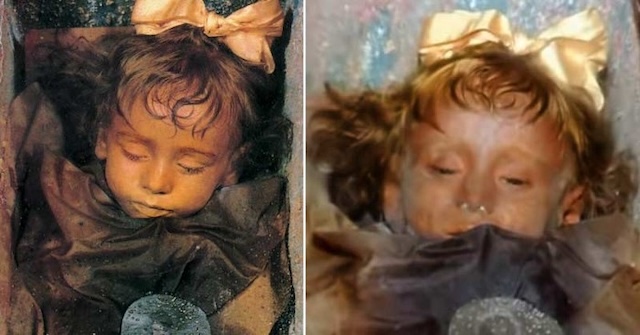
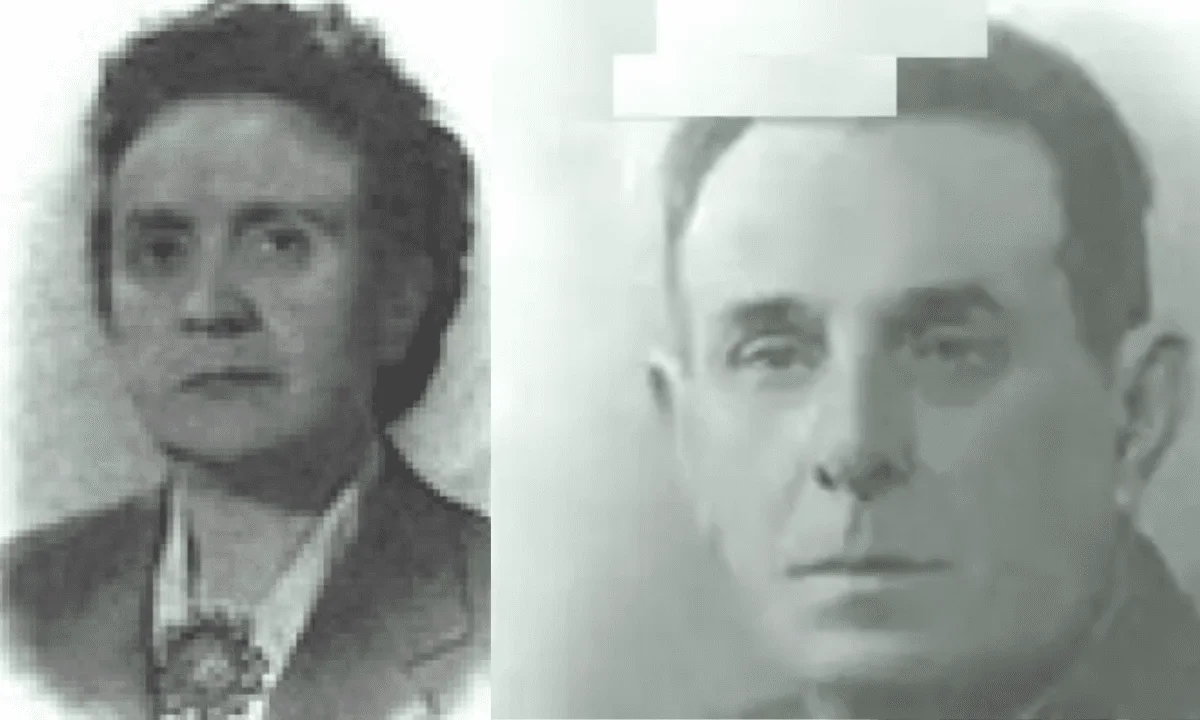
Alfredo Salafia: The Master Embalmer Behind “Sleeping Beauty”
Alfredo Salafia, a renowned embalmer of the time, used his revolutionary techniques to preserve Rosalia’s body in a near-perfect state. His secret embalming fluid, injected into Rosalia, prevented her body from decaying. The process was so effective that today, over 100 years later, Rosalia still appears as though she is merely asleep.
Salafia’s formula included formalin, zinc salts, alcohol, salicylic acid, and glycerin. The formalin killed bacteria, the zinc salts kept her body rigid, and the glycerin prevented her from becoming too dry. Salicylic acid helped to prevent the growth of fungi. This combination of chemicals, paired with the dry air of the catacombs, has preserved Rosalia’s body in a pristine state, earning her the title of one of the world’s best-preserved mummies.
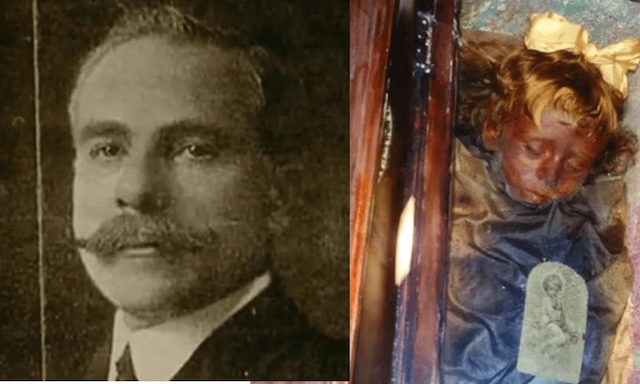
The Mystery of the Blinking Mummy
What makes Rosalia’s case even more fascinating is the phenomenon of her eyes seemingly opening and closing. In 2009, a National Geographic documentary captured this mysterious movement using time-lapse photography, which showed her eyelids fluttering open by about 1/8th of an inch, revealing her blue eyes beneath.
Several scientific explanations have been put forward to explain this. Researchers suggest that the changes in humidity and temperature within the catacombs could cause the skin around her eyes to contract and relax, giving the illusion of blinking. Another explanation is that the light filtering through the catacombs at different times of the day creates a visual illusion, making it seem like her eyes are opening and closing.
Dario Piombino-Mascali, the curator of the Capuchin Catacombs, has confirmed that Rosalia’s eyes were never fully closed. He believes this was a deliberate decision by Salafia, designed to make her appear more lifelike. According to Piombino-Mascali, the illusion of her blinking is caused by light reflecting at different angles throughout the day.
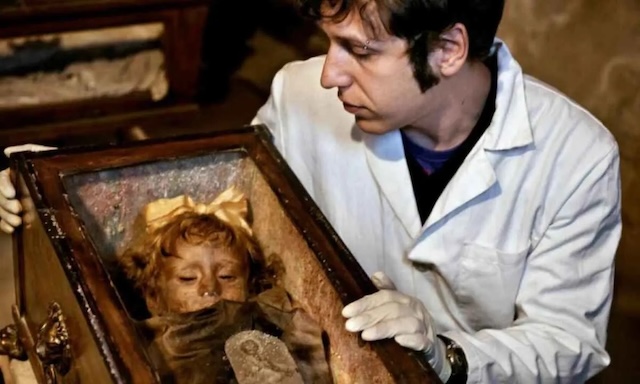
The Capuchin Catacombs: A Place of History and Mystery
Rosalia’s resting place, the Capuchin Catacombs of Palermo, is home to over 8,000 mummified bodies, each telling its own story. Established in the 16th century, the catacombs are a macabre yet fascinating testament to the cultural and historical significance of death in Sicilian society. The preserved bodies, many dressed in the finest clothes of their time, serve as reminders of the importance of remembrance and the desire to preserve the past.
Among these, Rosalia Lombardo stands out as the most captivating mummy, drawing thousands of visitors each year. Known as the “Sleeping Beauty,” her peaceful expression and the mystery of her blinking eyes continue to intrigue both scientists and the public alike.
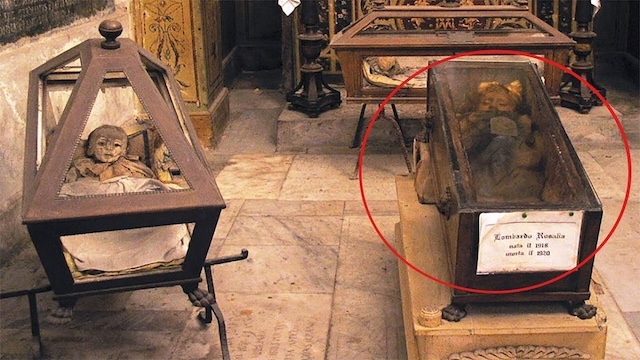
Conclusion
Rosalia Lombardo’s story is a poignant reminder of the lengths to which we go to preserve the memories of those we love. Her perfectly preserved body and the mystery of her blinking eyes blur the lines between life and death, past and present. As science continues to unravel the secrets of her embalming, Rosalia’s legacy as the “blinking mummy” endures, inviting future generations to ponder the mysteries of life, death, and memory.
